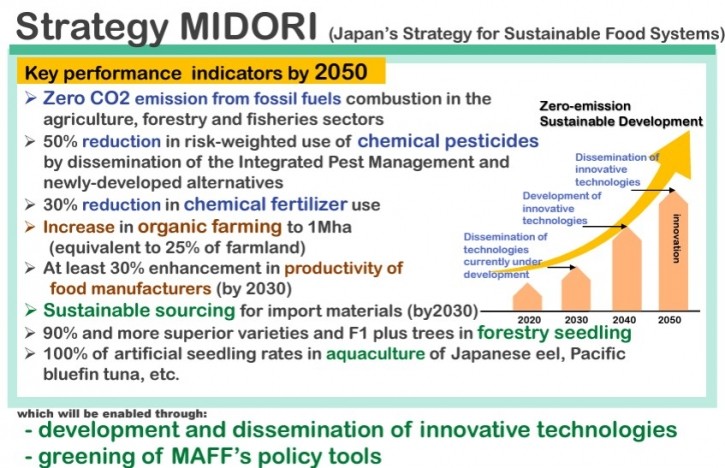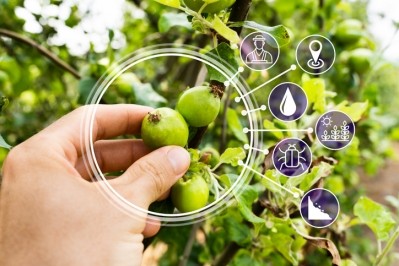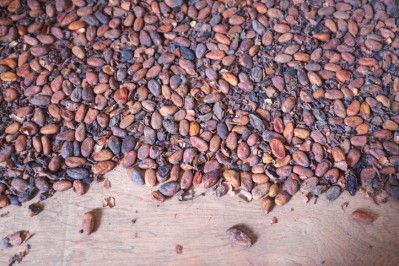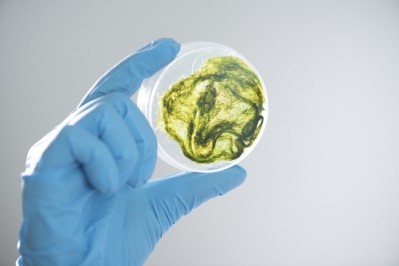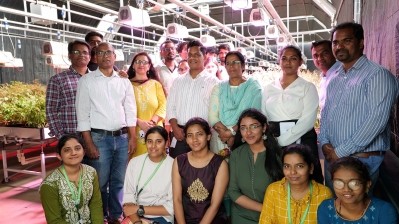Innovation insider
Japan wants to promote smart agriculture, fast
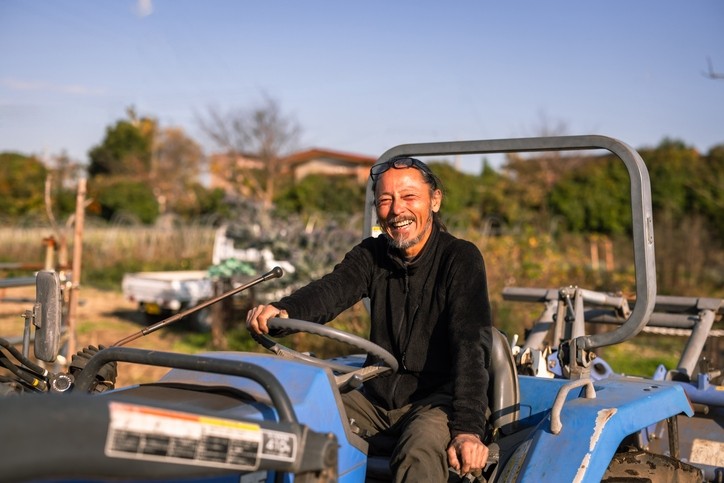
The world’s third largest economy is a world leader in research and development, spending over 3% of its GDP on R&D compared to a global OECD average of around 2.7%.
But investment in the agri-food tech sector is “overwhelmingly low” compared to other countries, complains Atsushi Suginaka, director-general for policy coordination at Japan’s Ministry of Agriculture, Forestry and Fisheries (MAFF).
In 2021, Japan spent US$460 million in this space compared to US$21 billion in the US and US$7.3 billion in China. Public investment remains flat compared to the US and China too.
“So far, we have only a few successful start-up models in the agriculture, forestry, and fisheries sectors in Japan,” he told AgTechNavigator. Capital inflows to agriculture, forestry, and fisheries have been “stagnant” and are lagging those in the IT sector, he said, citing specific challenges for start-up businesses in agricultural sectors: time and effort required for verification, time-consuming service deployment, and low return on equity compared to other investment sectors.
Amid “intensifying international competition”, he added, Japan’s R&D capabilities in the agriculture, forestry, and fisheries sector have been “lacklustre” as indicated by metrics such as the number of research papers, patent applications, and variety registration applications.
A shrinking population and the oldest farmers in the world
This lacklustre agri-food landscape is not going to tackle Japan’s food and agricultural challenges. Food self-sufficiency is at record lows. This decades long drop in the self-sufficiency rate reflects changes in the Japanese diet, with rice consumption on the decline and meat and Western influences on the rise.
The average age of a farmer in Japan is 67, the highest in the world. All the while, Japan’s population has been declining since 2009 (though not an issue unique to Japan). The ageing farmer issue is in part explained by Japan’s high life expectancy (it only recently dropped behind Singapore as boasting the world’s highest). Still, like in much of the developed world, there is not enough young blood to replace these farmers when they soon retire, and Japan’s capacity to produce new food in the future looks to be severely jeopardised.
In response, the government is trying to fuel the R&D environment by enhancing industry-academia-government collaboration centres, supporting startups, and strengthening cooperation with other industries, explained Suginaka.
Various groups including national research and development agencies, universities, and private companies, are accelerating agri-tech R&D.
In particular, the National Agriculture and Food Research Organization is playing a central role in Japan's agricultural research, conducting R&D in a wide range of research from basic to applied regarding agriculture and food, such as developing new varieties, biotechnology, and robot technology for farming. It is expected that the industry, academia, and government will use the information accumulated in these research institutes and facilities to the maximum extent in order to promote agricultural research.
In addition, the government offers venture businesses which create disruptive innovation financial support in the form of grants, loan, and investment in stock.
The main support for start-ups in agriculture, forestry, and fisheries comes from a JPY46.72 billion (US$309 million) accelerator fund from MAFF. Late last year, MAFF announced that agri-tech company Sagri and soil technology company Towing were two of 29 companies to receive funding under the third allocation phase of its Medium Enterprise Innovation Creation Promotion Fund for 25 projects.
Sagri will receive almost JPY915 million (US$6.5 million) to demonstrate at-scale carbon credit creation and sales to cut GHGs in the agriculture sector using satellite data. Towing was given almost JPY1.25 billion to development a large-scale production process for ‘high-performance’ biochar and demo its use on farmland. Sagri is also collaborating with another Japanese start-up: Faeger, which helps farmers adopt decarbonisation measures to earn carbon credits, on a project to use satellite imagery to cut methane emissions from paddy rice farming. MAFF has also supported vertical farm Oishii.
In 2021 MAFF introduced a new policy – called the Midori (or green) plan – to create an environmentally and socially sustainable food system. This targets by 2050 zero CO2 emission from fossil fuels in the agriculture, forestry and fisheries sectors; a 50% reduction in chemical pesticides; a 30% reduction in chemical fertilisers, and increasing organic farming to 25% of farmland.
Innovations it recommends achieving ‘climate-smart’ agriculture include using drones to give pinpoint pesticide application; weed control robots in paddy field; efficient logistics through digitalisation; and supply and demand forecasting with AI. Incentives on offer to producers include access to ag-machinery and facilities and the chance to earn carbon credits.
Why does Japan need ‘smart agriculture’
The Midori plan is a “new policy direction to realise both productivity improvement and sustainability of the food, agriculture, forestry, and fisheries industries through innovation,” Suginaka said. Results of R&D so far include wheat enhanced by biological bitrification inhibition (BNI) to get high-yield, high-quality, and/or, high-temperature tolerant varieties.
“Due to depopulation and ageing, the number of Japanese farmers will rapidly decrease,” he noted. “In order to maintain agricultural production, there are high expectations for ‘smart agriculture’ as a new style of agriculture that combines improved productivity and sustainability.
“The Japanese government has been promoting demonstration project of smart agriculture in fields and development and improvement of smart agriculture technologies. As a result of these efforts, many of these technologies have already been put into practical use: automated tractors, pesticide spraying drones, remote-controlled mowers.”
The demonstration projects revealed there is still room to improve technological development in agricultural production, he added, such as the high cost of introducing such technologies, and a shortage of human resources capable of using such technology.
To overcome these adoption barriers and further accelerate the practical application of smart agriculture, the government of Japan has been preparing a bill so called ‘Smart Agriculture Promotion Acts’. The bill is expected to be proposed to the Japanese parliament in a couple of months, said Suginaka.
